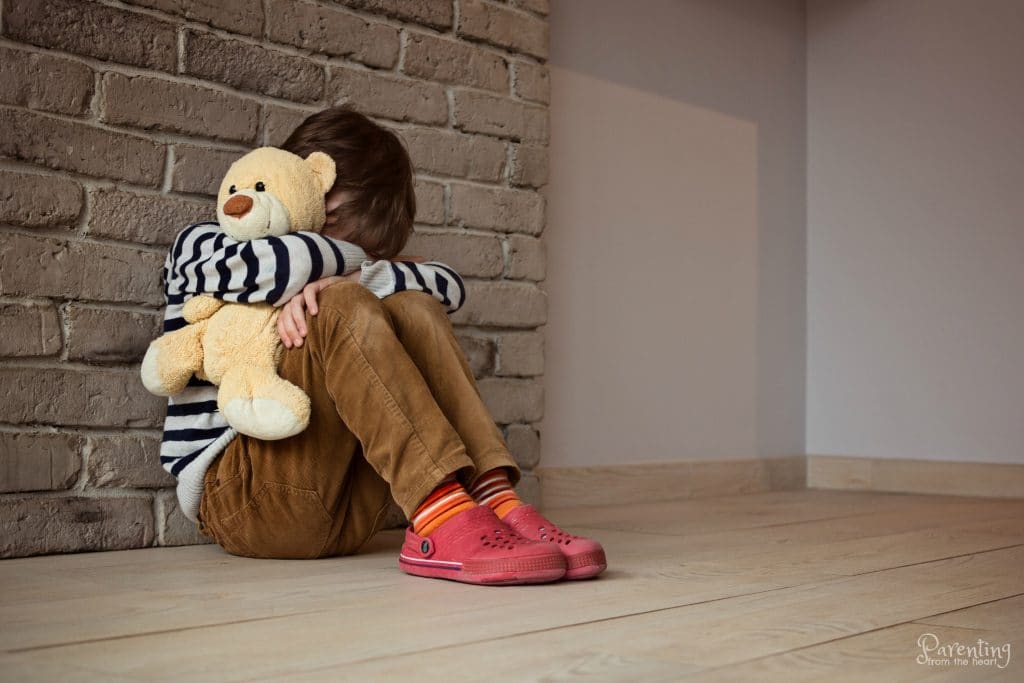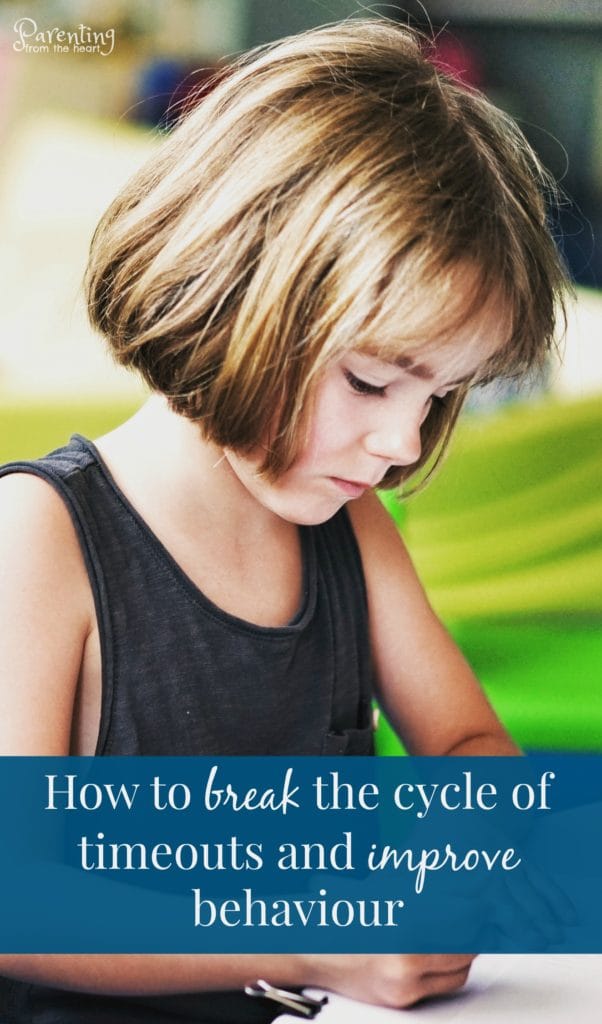Find out why using time in discipline is more powerful and effective than using timeouts.
A five-year-old girl is catapulting her brother’s toys across the room. As each Paw Patrol figure flies through the air, her brother becomes more desperate to have it stop. Dad jumps in.
“Stop throwing your bother’s pups or I’ll send you to your room.”
She takes one look at Dad and launches Marshall across the room. Dad yells, “Get upstairs now.”
When she comes down, she’s furious and unwilling to talk to Dad but she stays away from her brother’s toys.
Dad gets back to watching the football game when the little girl makes her way over to her makeshift catapult. This time Zuma hits her brother right in the back.
Her father is less patient and sends her to her room again.
Each time she comes downstairs there is a lull in her difficult behaviour. But whenever her father becomes absorbed in the game, she goes back to bothering brother.

This is why timeouts and punishment are ineffective.
Countless research studies have shown that punishment in an ineffective way of disciplining children.
When power exertion is used, children are less likely to adopt their parents’ value. This doesn’t just apply to corporal punishment, but also taking away privileges, forcing children to comply, and timeouts. When a parent uses traditional forms of punishment (ultimatums, timeouts, lecturing, or spanking), children obey to avoid punishment. However, in the absence of punishment, children will behave the way they want to.
Sending children away to get control of their anger perpetuates the feeling of ‘badness’ inside them…Chances are they were already feeling not very good about themselves before the outburst and the isolation just serves to confirm in their own minds that they were right.
– Otto Weininger, Ph.D. author of Time-In Parenting
Other reasons to stop using timeouts include:
- Traditional timeouts involve the parent separating from the child when he is struggling the most. During time ins, the parent stays and offers a calming presence, offers help, and is there for comfort.
- Traditional timeouts use what researchers call, ‘love withdrawal’ to motivate better behaviour while time ins use the connection between the child and caregiver to promote cooperation.
- Traditional timeouts leave a child with the impression that there are good and bad emotions. While there are more difficult emotions like anger, sadness, and frustration, these are all part of the array of feelings my children will feel their entire lives. There is evidence that emotional suppression may interfere with successful adjustment.
How to successfully execute a time in.
Executing time-ins require calmness and deliberateness on the part of the parent. The parent must do preventative maintenance such as self-care and using mindfulness. When parents yell, they undermine they model anger instead of composure.
Related reading: Stop yelling at kids with this simple strategy
Unlike timeouts, time-ins aren’t punishment. They aren’t to be used as a threat or an ultimatum. Instead, the parent or caregiver uses a time in when the child is aggressive, having a meltdown, or unable to follow a non-negotiable rule. The parent calmly escorts the child to his or her bedroom, off to the side of a playdate, the park or family room and coaches the child and stays with the child. During this time, the parent doesn’t lecture. Simply, they state what went wrong and provide empathy for how the child is feeling. This is called sportscasting.
For instance:
- “You hit your brother because you were really angry.”
- “I know you ripped your sister’s picture because she was bothering you.”
Empathy may make a child’s feelings more intense resulting in more angry behaviour or more tears. This is a sign empathy is actually working. It is the process needed for her to let all of her feelings out and not repress them. Once he has completely unloaded emotionally, he is more able to understand your discipline.
This is when parents can prompt their children to problem solve.
For instance:
- “The next time your brother bothers you, what can you do?”
- “If your sister won’t give you space, what can you say?
Affirm their choices and offer your own support.
Here are incredible resources on time in discipline
- Powerful Time In Strategies and Calm Down Techniques You Need to Know
- In the Heat of the Moment, This Simple Technique Will Help Your Child
- Why You Shouldn’t Punish Tantrums and What You Can Do Instead
- Time in vs timeout and the Fundamental Mistake You Want to Avoid
- Timeouts don’t improve behavior. With many kids, they ignite power struggles
- How to set up a calm down corner and what’s in ours
- How to Ditch Punishment and Get the Best Behaviour Yet
When we successfully execute time ins and use positive discipline in general, children are more likely to internalize their parents’ expectations. This means when the father turns back to his football game, the daughter feels understood. Dad has shown her respect and modelled calmness. She has gotten the release from her feelings of frustration and can focus on making good choices.








